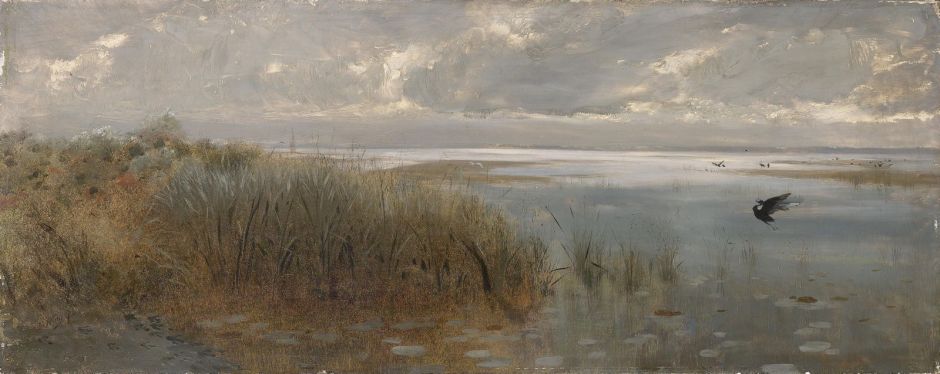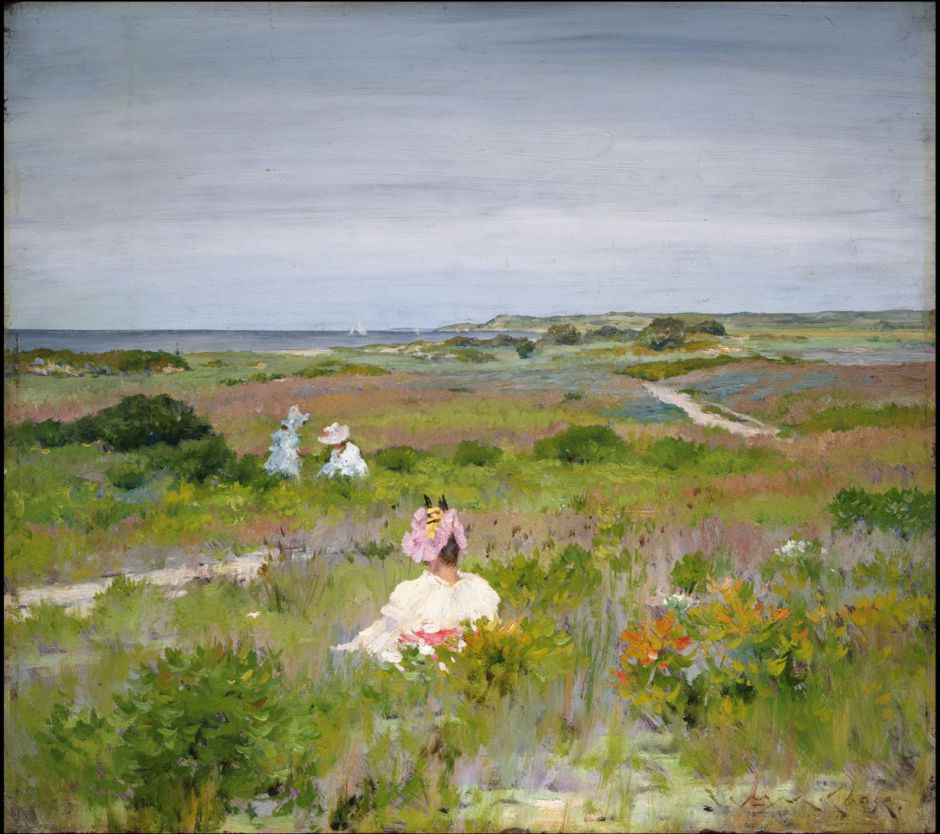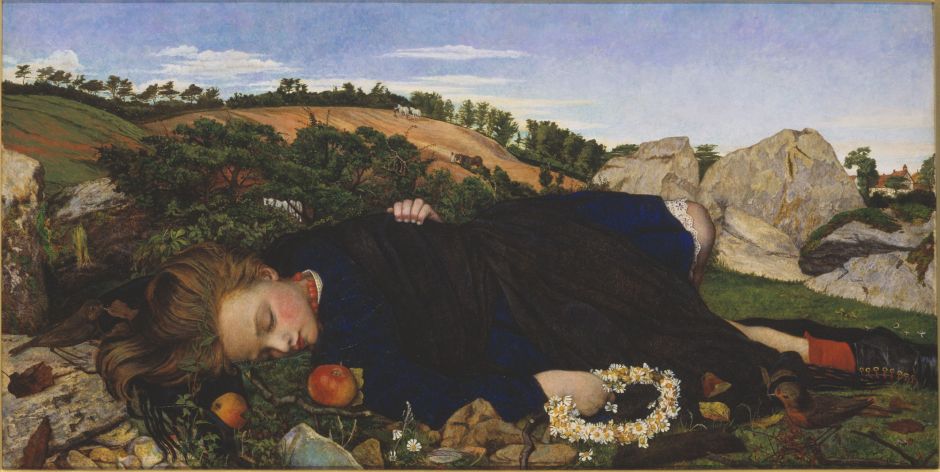I have no idea how many painters and paintings I have featured in articles here this year, but I have greatly enjoyed learning about them, and I hope that you have enjoyed them too. Here is a whirlwind tour of the last twelve months, and some of its highlights and surprises.
In January I rediscovered some of the work of ‘vanished’ French Impressionists, who had exhibited in the First Impressionist Exhibition, but who had been largely forgotten since. Among the most famous and successful was Giuseppe (or Joseph) de Nittis who died suddenly at the age of just 38.


Index to the series, illustrated
February brought an examination of Winslow Homer’s watercolours painted when he lived in Cullercoats, England – a formative time in his career, and some wonderful and important works.

Winslow Homer in Cullercoats 1
March included a look at Caspar David Friedrich and his enigmatic paintings, which seem to be telling a story but are not at all easy to read.

The Story in Paintings: Caspar David Friedrich’s Stages of Life
I was also generously allowed to show some of the new mythology being painted by modern artist Kirsty Whiten, who has this year enjoyed major success with the publication of her first book.

In April, I looked at the tragically brief career of Richard Parkes Bonington.

Richard Parkes Bonington, part 1
I also looked in detail at the story of Perseus and Andromeda, and Edward Burne-Jones’ grand project to tell it in a series of ten paintings.

The Story in Paintings: Perseus and Edward Burne-Jones 1
In May, among the beautiful paintings of Harriet Backer, I found this unusual view of a christening.

Harriet Backer, inside and out 1
Staying in the Nordic countries for the moment, I also looked at paintings of the Finnish national epic, the Kalevala, including Akseli Gallen-Kallela’s wonderful Aino triptych.

The Story in Paintings: Kalevala, Finland’s Epic 1
I also looked at Jules Bastien-Lepage’s brief life, and the wonderful paintings which he created during those few years.

In June, I came across the work of one of Poland’s greatest painters, Jacek Malczewski.

The brilliance of Jacek Malczewski
Over the summer, from June to August, I celebrated Bosch’s 500th anniversary in a whole series of articles examining each of the paintings currently believed to have been made by him.

Hieronymus Bosch: an Index to articles with illustrations
In July, I came across the Italian history painter Domenico Morelli, who solved the problem of composing the depiction of the conversion of Saint Paul.

The Story in Paintings: Domenico Morelli
During August and September, I gave a brief account of the history of oil painting, which featured many superb works, including this by Antonello.

13 – milestones, an overview
In September, I enjoyed looking at Constant Troyon’s wonderful paintings of domesticated animals.

Constant Troyon: landscapes with animals
I also loved working through the Pre-Raphaelite watercolours of Marie Spartali Stillman.

The Forgotten Pre-Raphaelite: Marie Spartali Stillman, 1
October brought me to consider the life and work of William Merritt Chase on the occasion of the centenary of his death. This resulted in another substantial series, which included his colleagues and pupils.


William Merritt Chase, 1849-1916: in memoriam
Also in October, I looked at Pre-Raphaelites and the Aesthetic Movement, featuring among others this exceptional painting by John Roddam Spencer Stanhope.

John Roddam Spencer Stanhope: a different Pre-Raphaelite
In November, I moved on to look at Pre-Raphaelite landscape painting, and its greatest exponent, John Brett.

Pre-Raphaelite Landscapes 1: Emergence
In that context, I came across another Norwegian, Hans Gude, whose paintings I greatly enjoyed.

Hans Gude and the grandeur of Norway
There is also the prolific marine specialist Ivan Aivazovsky, whose Ninth Wave stands out from thousands of his other paintings.

Ivan Aivazovsky, Master Mariner
I started my series on the paintings of William Blake, which have long fascinated me. This has enabled me to get to grips with them at last, and I hope has helped your appreciation of his genius. That series is not complete yet.


Tyger’s Eye: the paintings of William Blake, 1
Finally, in December I have been working steadily through the paintings of Gustave Moreau, which are equally ‘difficult’ but fascinating.

Hesiod’s Brush: the paintings of Gustave Moreau, 1
I am just about to start a series looking at Lovis Corinth, and there are plenty more to come. I hope that you will keep coming back for more.

